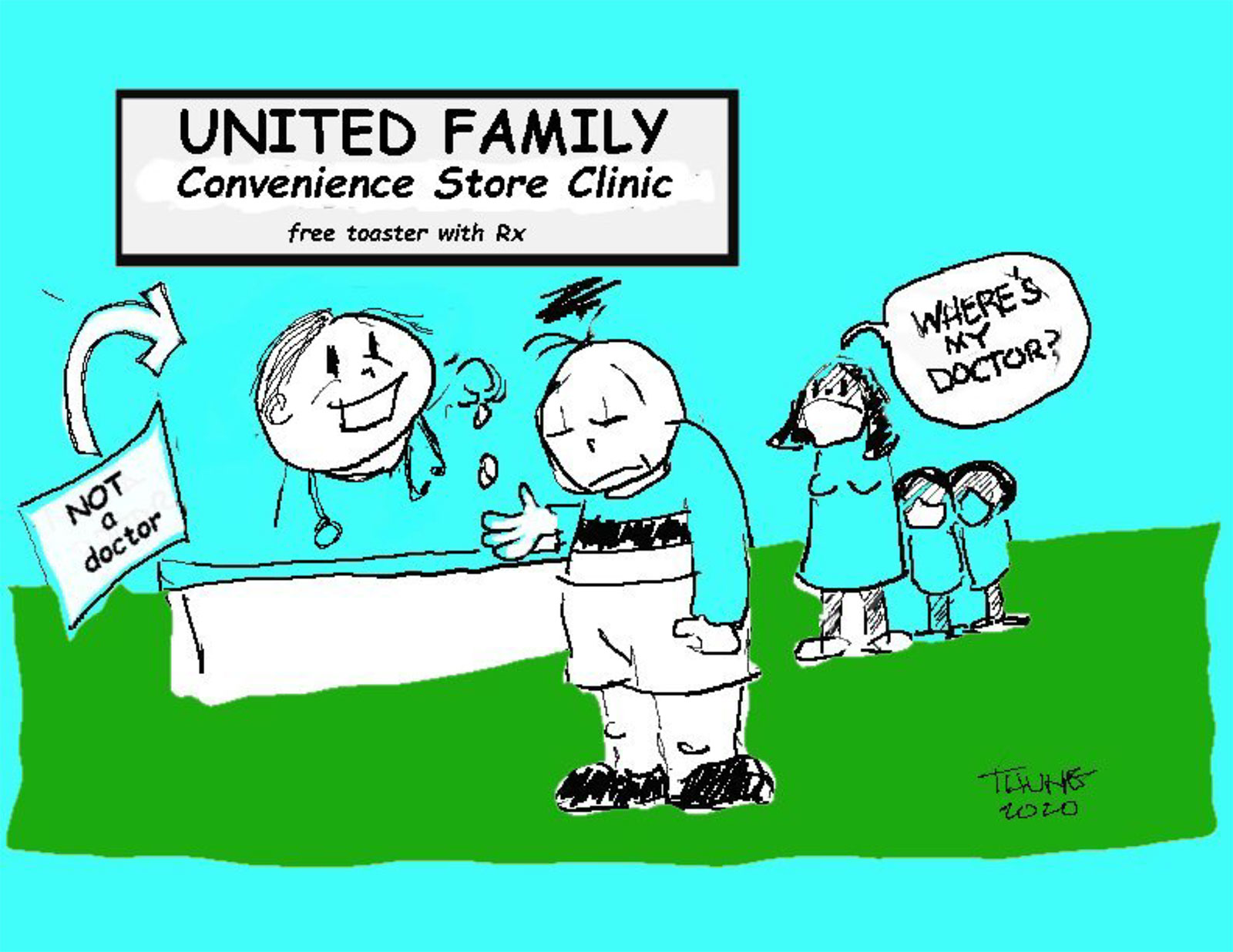Notebook Recollections: Soap bubbles for the Angels
Local staple Tim Rumsey walked to work most days from 1987 to 2000. He began as a form of exercise but kept at it for his love of local lore harvested through his interactions with people on the street. He began documenting his musings and eventually filled 53 pocketbooks with his observations. Here is just one tale.
By Tim Rumsey, MD
May 1997, 7:30 a.m.: When I got to my clinic desk, nurse Aleda had something for me right away.
Daisy C’s niece, Maria, was about to die. I had better get over to her house.
Maria’s place leans against the parking lot we shared with Mancini‘s Char House. You could see it out the back window of our office, but I had to walk around the block to get there because of a big chain-link fence protecting the lot.
Man, it was hot out for May. And no breeze. Eighty-three degrees. I was soaked just getting there.
Maria lived on the second floor of a 120-year-old duplex at the top of a narrow, steep stairway. One more person could not have fit into the two-and-a-half room place. It was hotter inside than out.
Daisy led me to her niece.
The crowd parted. Up ahead I saw Maria in bed hooked up to an oxygen tank. Her husband knelt on one knee holding on to her, his head lying on her stomach.
“She’s gone,“ Daisy whispered to me. “We need you to tell us.”
Maria’s poor husband was peeled away.
“Hello, Maria,” I said out loud as I put my hand on her shoulder.
No pulse in the neck. No stethoscoped heartbeat. Pupils frozen. No live breath, just a whisper of the oxygen.
I saw Maria last week in the clinic. Her cancer had taken over.
Maria was a simple, uncomplicated woman with an early marriage that went bad. She had two adult kids. She married again four years ago. She worked in a bakery. Hard work. Aleda and I never once heard a complaint from her about anything. Her diagnosis, her pain, her dying.
She wanted to die at home, Aleda arranged hospice. Maria was 45 years old.
I stood up, turned around and told the packed-in friends and family what they already feared.
The crying started en masse.
People filed by the bed one by one to touch her.
Daisy took me out on the back porch. I ducked under two arched doorways to get there. People were smaller in the 1880s.
Now the outside air was cool compared to the stifle inside.
Daisy told me Maria was peaceful at the end, but family and friends were taking it hard. Two cats and a dog joined us for a breather of their own.
It was now 8:15 a.m.
I looked out over Mancini‘s parking lot fence towards the clinic. A full day of healthcare was about to begin. Patients would be getting good and bad news for the next 10 hours or so and then our doctors on call would hold things together until tomorrow morning when it would start all over again.
Daisy said an air conditioner ordered for Maria never arrived, so people took turns fanning her all night long.
On the way out of the duplex, I backed against the wall as two funeral home assistants hefted the empty stretcher up the stairs. A gray hearse with both back doors open waited out front. I nodded and gave a hug to Daisy‘s son, Danny, who was outside smoking.
Neighbors on front steps of the little old houses in this little old neighborhood looked toward Maria’s house.
Halfway down the block I turned around and saw Maria’s stretcher come down the front steps. Goodbye, Maria.
Back at the office Aleda said we should blow bubbles for the angel, Maria. Dr. Ravi always had a bottle of soap bubbles on his desk that he blew outside whenever the winter temperature got below -10 degrees (they freeze into cellophane balls).
At least 50 bubbles, backlit and rainbowed, drifted around our work area for a good nine seconds before silently popping.




